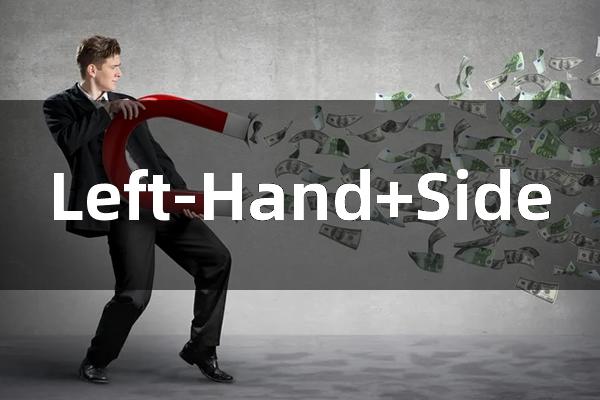Left-Hand Side

The bid side in a two-way price quote. A two-way price quote denotes both the bid price and the ask price of a security. The left-hand side or bid indicates the price at which the dealer or market maker is willing to buy a security or currency, and the right-hand side or ask indicates the price at which the dealer or market maker is willing to sell the security or currency. |||For example, in currency trading, a two-way price quote could be US$1 = 1.0500 / C$1.0510. The left-hand side or bid price of 1.0500 (Canadian dollars) denotes the price that the currency dealer is willing to pay for a U.S. dollar, while the right-hand side or ask price denotes the price at which the dealer will sell a U.S. dollar. The difference between the bid and ask prices is referred to as the spread.
A corporate entity that wishes to exchange U.S. dollars for Canadian dollars in the above example would therefore sell the U.S. dollars at the dealer's bid price or the left-hand side price, while one that wishes to exchange Canadian dollars for U.S. dollars would buy the latter at the dealer's ask price or right-hand side price. Retail customers face much larger spreads than those shown in the above example.
本文来源于网友自行发布,不代表本站立场,转载联系作者并注明出处
